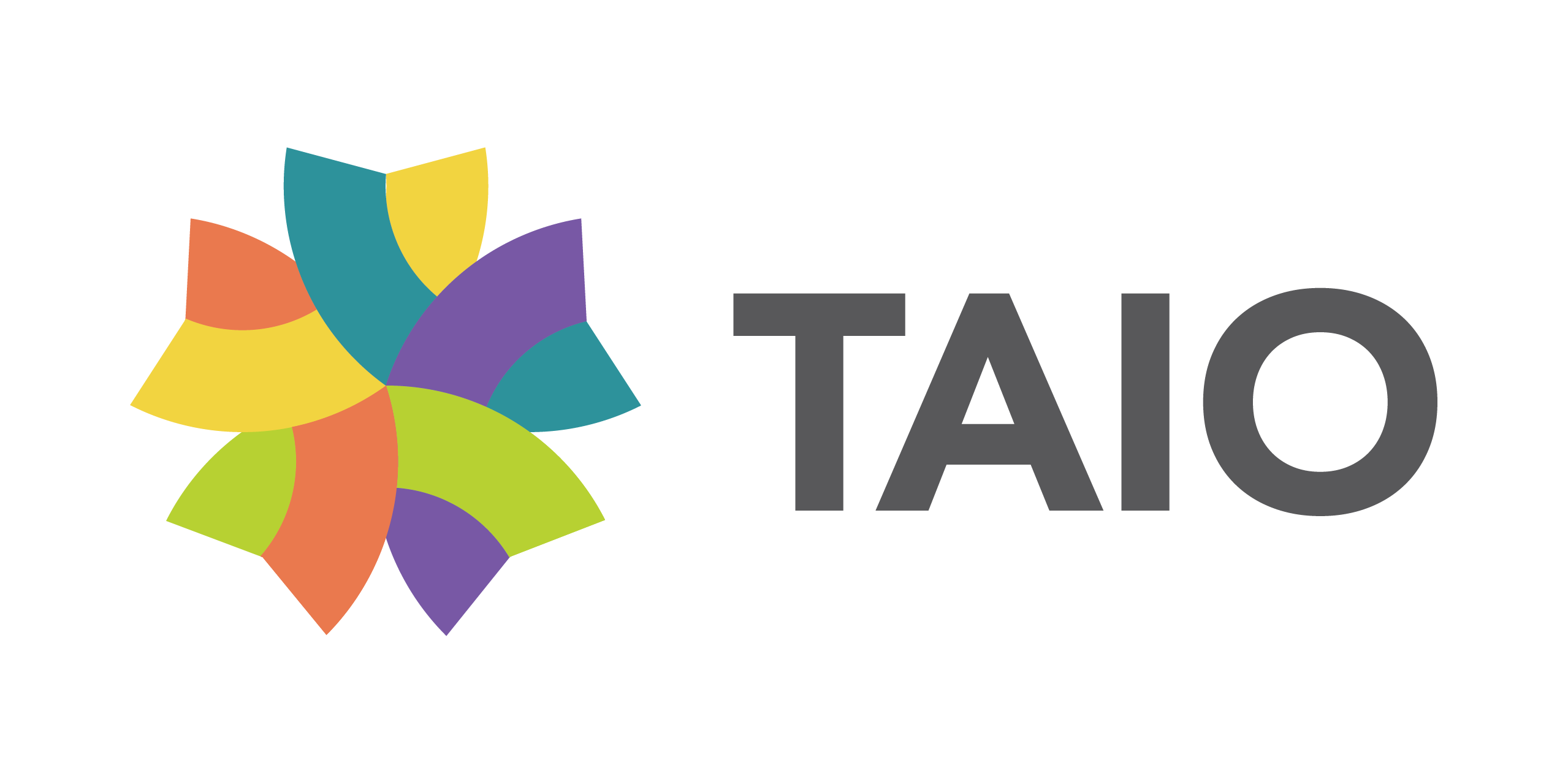Patient intake specialists engineer your agency’s operational workflow.
They decide how fast referrals move, how clean your claims are and how prepared your clinicians will be on day one.
When intake is slow, so is everything else: your scheduling, documentation, billing — even patient trust.
In this article, we’ll break down what patient intake specialists do, what goes wrong when it’s weak and how to outsource to protect your revenue, reduce risk and deliver high-quality care without disruption.
On this page
Key Takeaways
As the first point of contact, patient intake specialists or intake coordinators ensure accurate documentation and protect sensitive patient information.
Weak intake processes risk delayed care, denied claims and lost patient trust, directly impacting your agency’s revenue cycle management, financial performance and overall patient satisfaction.
With the right outsourcing partner and advanced technology, health care facilities can improve financial performance, deliver high-quality patient care and keep patients happy.
The Patient Intake Process in Home Health Care: What Patient Intake Specialists Really Do
Patient intake specialists control how fast care starts and whether it should start at all.
They are the first operational link between a referral and a scheduled visit, and are responsible for referral screening, identifying which cases are clinically and financially viable before moving them forward.
If the case looks risky: bad payer, non-compliant patient or a potential impact to agency rating, intake helps make the call.
Here’s what they handle day to day:
Following up on referrals. Tracks every incoming lead, inquiry or referral source, ensuring no opportunity slips through the cracks and no patient is left waiting.
Verifying insurance and eligibility. Confirms payer coverage, flags out-of-network issues and determines if out-of-pocket costs apply, without overstepping into full insurance advising.
Coordinating with physicians. Requests certifications, signatures and face-to-face documentation needed to get the patient onboarded and compliant from day one.
Screening referrals. Flags high-risk or low-viability patients, like charity cases or those with a history of non-compliance, and helps the agency decide whether to proceed.
Logging patient data into the Electronic Health Record (EHR). Accurately inputs demographics, insurance info and intake documentation across multiple systems, ensuring clean records before care begins.
Collaborating with marketers. Works closely with referral partners and agency marketers to keep communication tight and ensure only qualified patients move forward.
Outsourcing the Intake Role
Outsourcing a patient intake specialist or an entire intake team accelerates referrals and lets your agency scale efficiently so every patient is onboarded quickly, accurately and in full compliance.
Patient Intake Specialist Responsibilities in Home Health Care (and the Cost of Getting It Wrong)
Patient intake specialists drive accurate data, compliance and patient experience, protecting your agency’s revenue and reputation.
If intake is weak, it hurts your billing, compliance, scheduling and patient satisfaction.
Here’s how it can show up in real life:
When It’s Weak |
Real-Life Scenario |
Results |
|
Referral Volume Declines |
Marketing efforts generate leads, but delayed intake follow-up prevents conversion. Families disengage or select competing agencies that respond faster. |
Reduced admission rates, misallocated marketing resources and sustained census decline. |
|
Coverage Is Assumed, Not Verified |
Intake records initial information but fails to verify eligibility promptly, resulting in uncovered services identified weeks after onboarding. |
Increased claim denials, unrecoverable write-offs and strained patient communications. |
|
Physician Orders Are Delayed |
Intake does not initiate certification coordination in advance, causing clinicians to arrive with incomplete or unsigned 485s. |
Missed start-of-care (SOC) deadlines, delayed treatment initiation and decreased field staff efficiency. |
|
Incomplete Data Entry |
Rushed intake documentation leads to incorrect insurance IDs, incomplete demographics or missing payer authorizations. |
Elevated claim error rates, prolonged billing cycles and rework across multiple departments. |
|
Clinicians Walk In Unprepared |
Failure to flag DME requirements, wound care history or complex patient considerations in advance. |
Extended visit durations, heightened clinical risk and decreased clinician satisfaction. |
|
Patient Trust Weakens |
Intake communication deficiencies leave patients uncertain about next steps and unsupported. |
Formal complaints, regulatory non-compliance and erosion of patient trust. |
Here’s how intake specialists make it happen, step by step:
Referral Follow-Up: Protecting Cash Flow and Patient Trust
Intake specialists ensure every referral is acted on quickly, converting leads into confirmed patients. They close referrals without delay to protect patient trust and agency revenue.
What can go wrong:
Even a short delay can cause a loss of trust or send a patient to a faster competitor.
In real life:
A referral arriving on Friday afternoon was not followed up on until Monday; by then, the patient had already signed with another agency.
Screening Referrals: A Game Changer for Home Health Agencies
Intake filters clinical fit, payer compatibility and patient reliability. This includes spotting “charity-only” cases, chronic non-compliance or severe mismatches. This way, resources are directed to patients that the agency can effectively serve.
Actionable tip:
Pair a clinical reviewer with intake to assess complex cases before scheduling the SOC.
Insurance Verification: Preventing Billing and Coding Errors and Revenue Cycle Management Gaps
Before care begins, intake confirms payer coverage, flags out-of-network issues and calculates potential patient costs. Intake specialists communicate whether out-of-pocket costs apply. For example, letting patients know that UHC commercial plans may carry OOP expenses, while others are fully covered. Detailed insurance concerns are escalated to a dedicated insurance specialist. This prevents denials and patient disputes later on.
Actionable tip:
Use a standardized checklist that includes plan type, coverage dates, service limits, co-pay, deductible and pre-authorization requirements. Log into payer portals (e.g., Availity, NaviNet or payer-specific sites) during the call to confirm real-time details, so eligibility is cleared before the referral leaves your desk.
Physician Coordination: Streamlining Intake Process
Intake secures certifications, physician signatures and face-to-face documentation in advance so the first visit is fully compliant and billable. Without these, patients lose their confidence before they even see the doctor.
In practice:
If intake misses the physician step, each subsequent stage of care compounds procedural delays.
Data Entry and Documentation: Why Accuracy Matters for Revenue
Every detail, demographics, insurance and intake forms are entered accurately into the EHR to ensure downstream teams have a clean record to work from.
What can go wrong:
Incomplete or rushed data entry results in claim errors, rework and billing delays across multiple departments, which can disrupt effective revenue cycle management.
Marketing Collaboration: Aligning Business Processes with Referral Sources
They maintain clear, consistent communication with agency marketers and referral partners to ensure only qualified patients advance in the process and preserve referral sources’ confidence.
Lack of feedback causes marketers to overspend on unqualified leads, losing budget and referral partner trust.
What can you do today :
Schedule a standing 15-minute weekly huddle between intake and marketing to review lead quality, discuss patterns in declined referrals and close the loop on referral outcomes.
What to Look for in a Patient Intake Specialist for Your Health Care Business?
Handling patient intake demands a thorough understanding of compliance requirements and effective coordination to ensure smooth care delivery and steady revenue flow.
Here’s how to tell the difference between someone who meets the job description and someone who can drive results for your agency:
Criteria |
Minimum Standards |
What Delivers Results |
|
Industry Experience |
Health care intake or admin experience |
Deep knowledge of payer rules, referral nuances and the clinical impact of intake delays |
|
Communication Skills |
Can follow scripts and collect info |
Calls out missing docs, pushes physicians and payers for fast turnaround and calms frustrated patients |
|
Detail Orientation |
Basic data entry without many mistakes |
Detects incomplete referrals, catches errors before they snowball into claim denials |
|
Compliance Know-How |
Knows HIPAA basics |
Owns documentation accuracy, knowing exactly what triggers denials or audits |
|
Tech Skills |
Knows how to use EHR and phone systems |
Mastery of payer portals, authorization software and integrated systems that speed up approvals |
|
Problem Solving |
Escalates issues when told |
Anticipates insurance or documentation gaps and solves them before anyone else notices |
|
Teamwork |
Can coordinate within the intake team |
Builds real partnerships with clinicians, billing and marketing to prevent mistakes and lost revenue |
Interview Insight:
Ask your applicants:
“Walk me through a time when you identified a gap or inefficiency in the intake process. How did you address it, and what was the outcome?”
What to listen for:
- Initiative: Did they proactively spot the problem, or wait to be told?
- Practical solutions: Were they able to propose realistic fixes?
- Impact awareness: Do they understand how their actions affect patient care, compliance or revenue?
- Collaboration: Did they engage other teams or stakeholders to implement the solution?
This question exposes who actively prevents problems versus simply processing documents.
Patient Intake Specialist Outsourcing Options: Rates, Hiring Models and Finding the Right Setup for your Agency
Rates for patient intake specialists vary based on experience level, workload demands and scope of responsibilities. The decision also depends on whether you outsource freelancers or partner with an agency.
Below, we’ll break down costs, key pricing drivers, your hiring options and how to find the right setup for your agency’s specific needs.
How Much Does a Patient Intake Specialist Cost Health Care Providers?
Patient intake specialists may be hired as full-time employees, hourly contractors or outsourced vendors paid through fixed fees or retainers.
Based on current pricing and industry reporting:
Standard clinical roles
- $16–$20/hour
- Process-driven roles, less clinical judgment
- Mainly admin or front-desk duties
High-complexity roles
- $25–$35/hour
- Requires clinical workflow knowledge, certifications, specialized training
- More judgment and accountability
Outsourced recruiters
- May come at a set rate or retainers
- Rate comes from workload management, consistent performance and the reduction of intake delays
What drives the price up or down:
- Role complexity
More involved roles that require payer expertise or detailed documentation management command higher pay.
- Volume and speed
Agencies with heavy intake demands or tight turnaround expectations will see rates increase accordingly. - Technical skillset
Proficiency with electronic health records, payer portals and intake software can justify higher rates. - Quality control
Specialists who actively minimize errors and denials bring greater value, which is reflected in the cost. - Management requirements
Freelancers typically need closer oversight, whereas agencies often provide built-in operational and compliance support.
Outsourcing Intake Coordinators: Freelancer vs. Agency
Outsourcing patient intake keeps referrals moving, protects your revenue and takes the pressure off your stretched team.
Both freelancers and agencies can get the job done. The better fit depends on how you actually work:
Factor |
Freelancer |
Outsourcing Agency |
|
Cost Structure |
Typically lower cost; you pay per hour or per project |
May cost more overall; fees are often bundled or retainer-based |
|
Control and Customization |
You manage the process directly and choose the tools and workflow |
Processes are more standardized, with less room for hands-on customization |
|
Expertise and Availability |
Depends on who you hire; some offer niche strengths, others need training |
Broader team with more consistent availability |
|
Scalability |
Bandwidth is limited to one person; scaling may require multiple hires |
Easier to scale as the agency can assign more recruiters on demand |
|
Compliance Handling |
You’re responsible for ensuring they follow health care regulations |
Have built-in systems aligned with industry compliance |
|
Oversight Needs |
Requires more direct supervision and day-to-day management from you |
Less hands-on management is needed, though you may have less visibility |
The Best Hiring Setup That Works for You
The ideal setup is the one that matches your workflow and your team’s ability to support or delegate it.
Choose a freelancer if you:
- Need flexibility and can spend time managing and training them.
- Want full control over how intake gets done and don’t mind setting up the process yourself.
- Need quick hiring support, but can handle thorough vetting and ongoing supervision personally.
Choose an agency if you:
- Want dependable support that frees your team from day-to-day managing.
- Need help following rules and handling paperwork without extra work on your end.
- Like sharing responsibility and don’t mind giving up some control for smoother results.
Build a Patient Intake Specialist Outsourcing System That Fits Your Agency and Improves Cash Flow and Compliance
The right outsourcing setup gives your agency speed, accuracy, reliability and transparency, all while protecting cash flow, compliance and enabling faster reimbursements. Whether you choose a freelancer or an agency, the right fit reduces administrative burdens, strengthens what’s working and fixes what’s not.
With outsourced teams, you gain a proven track record of accurate documentation, accountability and advanced technology that reduces billing errors, claim denials and operational waste. Outsourcing also enhances efficiency, improves referral times, boosts patient volume and ensures clinicians are well-equipped to deliver care.
The result? A streamlined system with key advantages, helping your agency save money, align with your key performance indicators and free your team to focus on delivering exceptional patient care.

Frequently Asked Questions
Why should health care providers consider patient intake specialist outsourcing?
A patient intake specialist is the first point of contact in the intake process, ensuring accurate patient data entry and seamless coordination between health care providers and patients. Their role includes screening referrals, verifying insurance eligibility, managing patient records and handling administrative tasks such as documentation and medical billing support.
Outsourcing these functions gives you a dedicated team with proven systems that enhance efficiency through advanced technology, improve documentation, and align operations with client needs.
What risks come with a weak patient intake process?
A weak intake process puts any health care provider at risk. Gaps in the business process, from handling patient information to verifying insurance, cause billing errors and compliance issues. The result: patient dissatisfaction, a broken revenue cycle and an overstretched internal team.
Outsourcing routine tasks to a dedicated team with proven expertise delivers clear benefits: reduced costs, accurate documentation, stronger compliance and a healthier revenue cycle. It enhances efficiency and supports informed decisions, allowing your team to focus on delivering high-quality care.
How does outsourcing patient intake enhance agency operations and patient care?
Outsourcing patient intake connects you with specialists trained in medical coding, insurance verification and delivering excellent customer service. They help streamline operations, adapt to regulatory changes and ensure every step meets patient needs.
The benefits: improved patient experience, well-trained teams, smoother workflows and high-quality patient care.




